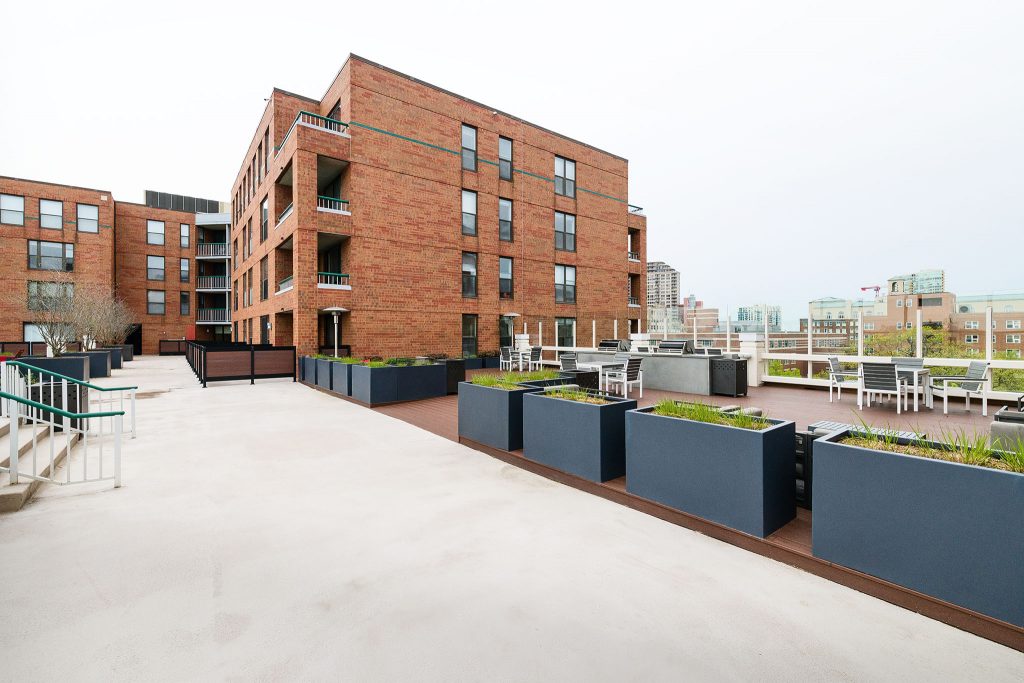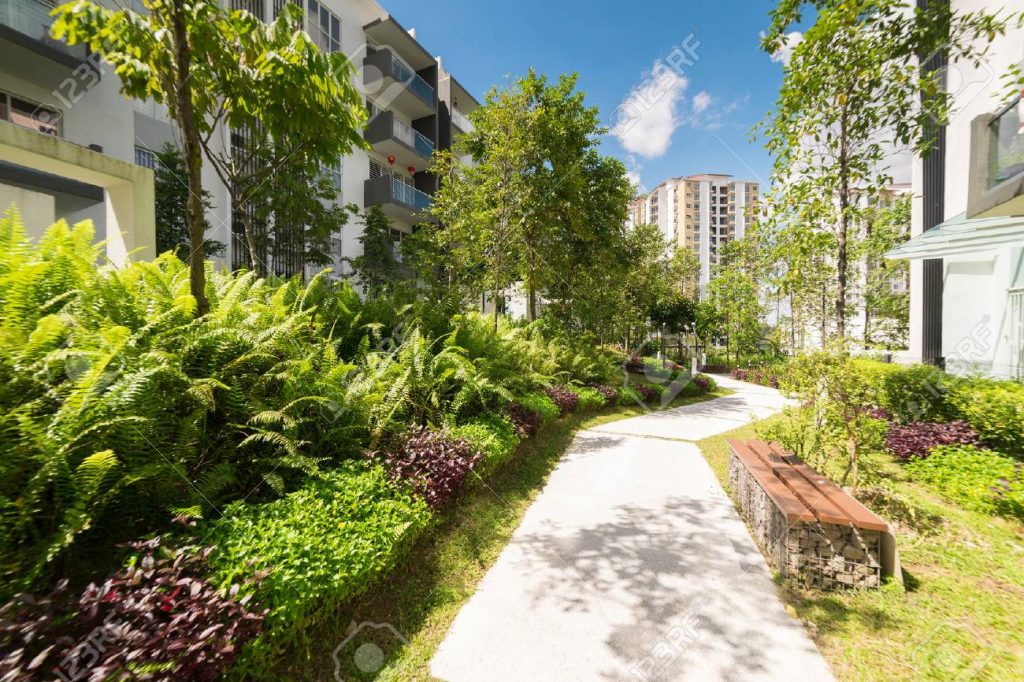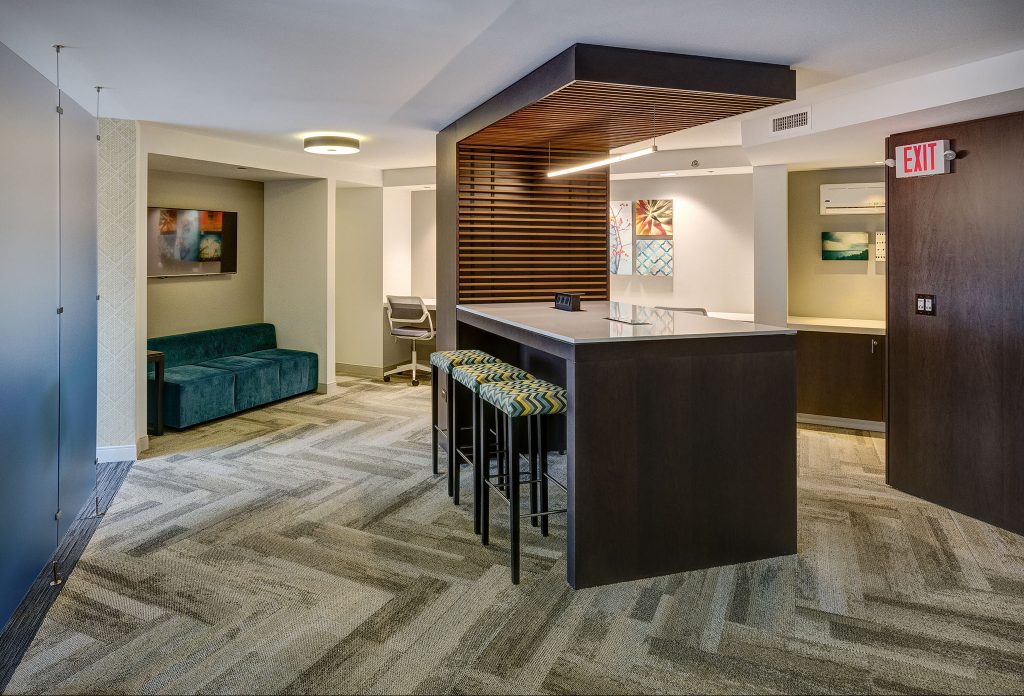Category: renovation
How Multifamily Investors are Urbanizing the Suburbs
Baby boomers and millennials have their sights set on dynamic, live, work, and play opportunities in the suburbs. In other words, the urbanization of the suburbs is here, and multifamily investors are responding in kind. In a sense, the suburban market is being turned on its head as investors create a practical transfer of urban-style features–including walkability, access to retail and restaurant amenities, and dense housing–beyond the city limits.

These factors outline how multifamily investors are urbanizing the suburbs.
Determine Your Target Tenants If Baby Boomers and Millennials are the largest cohort making the transition to the suburbs, it’s important to focus on demographic subgroups. “Maturing” Millennials, for example, are leaving urban communities to give the suburbs a dry run before raising a family. They expect class A market features but at lower rents. Then there are “gray-collar” renters whose household income and education levels and population-growth exceed national standards.
Investors understand that you can’t fit a square peg in a round hole by trying to replicate city-living in the suburbs. “As these sub-hubs multiply across the country, what’s clear is that no single prototype will work since suburbs vary from tiny communities with a single stoplight to large ones considered small cities,” According to Multifamily Executive. “Yet, the locations most likely to thrive share the common denominator of being hybrids that borrow some parts from their lively urban counterparts and retain their bucolic and other suburban advantages.”

Proximity to Jobs and Transportation
Employment opportunities close to residents can be a strong incentive for investors when selecting one suburban site versus another. There needs to be some form of mass transit or highway network to get residents to them. Chevy Chase Lake, for example, is a mixed-use, transit-oriented community in the Maryland suburb of Chevy Chase close to Washington, D.C. with access to the Metro’s Purple Line. Just to the north in Rockville an 1,100-unit multifamily neighborhood is being developed in a 90-acre industrial park along another Metro line.
However, development is proving to be more challenging in Tysons, Virginia, an “edge city” of DC. “The grid of streets planned for Tysons exposes the challenges of transforming suburbia,” according to Public Square: A CNU Journal. “The grid is mostly internal, with few connections to surrounding subdivisions. Three highways interrupt the network. The plan now underway is a huge improvement, yet ongoing retrofit is needed, perhaps decades from now, that connects the downtown to surrounding cul-de-sacs and loop roads.”
“Placemaking, if applied thoughtfully and well executed, provides the soul for our communities through the design of a contextual urban framework of pedestrian friendly neighborhoods, open spaces and a vibrant urban environment created by the layered realm of architecture, landscaping, signage and lighting.”

Gain Buy-In From the Community
Compared to large cities, elements of multifamily renovation can be more difficult in suburban areas, including zoning and acquiring variances. Building trust with the community is an important step in choosing a community location.
Multifamily Executive emphasizes this point, using the example of a multifamily property in Richmond, Virginia: “Richmond, Va., which experienced a boom in Millennials moving downtown after 2010, is now seeing a swing back to the suburbs. Good infrastructure was already in place in Richmond’s suburban counties like Henrico County. But to attract mixed-use, multifamily living, the suburban counties recognized that traditional policies and approaches to land planning needed to adjust. Rather than create big urban-like downtown cores in various suburbs, the goal was to fashion compact, pedestrian-focused projects along existing corridors to stimulate development and rejuvenation that takes advantage of existing infrastructure.”

Locate Near Office and Retail
Retail, office, and residents need each other. The success of a neighborhood relies on the well-planned intersection of commercial and multifamily renovation. Similar to the proximity of communities to transit, everything should be close by. Tenants want to live five minutes from
from coffee bars, grocery stores, and entertainment. Finding the right balance is key, according to Multifamily Executive: “The answer for both suburbs—as well as cities, even large ones—may lie in seeking retailers that have learned the importance of experiential features that consumers seem to find more relevant rather than stacks of merchandise. Entrepreneurial leaders like Apple are rolling out ideas such as workshops and classes.”
Amenities, Amenities, Amenities
Amenities are significant considerations for multifamily living. We’ve written previously about the importance of amenity upgrades to attracting new tenants. To avoid the risk of trying too hard and unrealistically to mimic vibrant cities, investors are taking advantage of neighborhood natural amenities in their backyards, like parks, lakes, and trails. We recently renovated multiple units and hallways, as well as the package room and pool-area restrooms of a multifamily, student-centered apartment building in Evanston, an edge city of Chicago. Students also have access to the Clark Street beach and trails along Lake Michigan.

Conclusion
There is a shift afoot in which investors are attracting renters from the big cities. We’ll give the last word to Jose Sanchez, retail and mixed-use design leader at DLR Group, who told GlobeSt.com, “Demographic shifts illustrated that we are becoming a society that values main streets more than backyards. Walkability, density, sense of community, mixed uses and a diverse population are bringing new life to the suburbs. Placemaking, if applied thoughtfully and well executed, provides the soul for our communities through the design of a contextual urban framework of pedestrian friendly neighborhoods, open spaces and a vibrant urban environment created by the layered realm of architecture, landscaping, signage and lighting. It is also vital to understand that these new town centers should be developed in a way to attract multiple demographics and economic classes through inclusive design and programming.”
Real Estate Investing for Cash Flow – Kevin Bupp Podcast with Ira Singer
Expanding a Successful Construction Company from the Culture Up – with Ira Singer
Speaker 1: You’ve been searching for the best way to generate passive income in your life, and heard that real estate is a great way to do it. But you’re tired of all the so-called gurus, who are all talk and no substance. Get ready to celebrate because Kevin Bupp has spent 14 years successfully making it happen.
This is the Real Estate Investing for Cash Flow podcast. Now, here’s Kevin Bupp.
Kevin Bupp: Hey, guys. Kevin Bupp here. I want to welcome you to another episode of the Real Estate Investing for Cash Flow podcast. Our mission is to help you build and maintain massive amounts of cash flow through income-producing real estate investments. Now, our guest for this week’s show is real estate investment and construction expert, Ira Singer. Ira has been a principal of Mosaic Construction since 2005 and currently leads new business development, estimating, construction production, project management, and the management of trade partner and vendor relationships for Mosaic Construction.
Kevin Bupp: Guys, now, without further ado, I’d like to welcome our guest for today’s show, Ira Singer. Ira, how are you doing today my friend?
Ira Singer: Kevin, doing great. Thank you. Appreciate time on the phone and the introduction, so I’m looking forward to the conversation.
Kevin Bupp: Yeah. Looking forward to having you here. You bring a breath of knowledge and experience on the construction trade to this call, which is … Your expertise is one that we haven’t necessarily had on the show before. It’s interesting because we’re going to take it from a little bit of a different angle today. We interview many different investors that specialize in different types of asset types. We’ve had, I don’t know, probably 100 multifamily guys on the show over the years. We’ve had retail guys, office guys, student housing guys, senior housing guys on the show, and gals. I shouldn’t just say guys. Guys and gals that are in the investment side of the space.
Kevin Bupp: Well, those folks are basically your clients. They hire your team, your construction firm, which is on a national scale, to help them with their projects. Whether it be rent large scale renovation projects, new builds and probably everything in between. Real excited to take it from this perspective and dive into your business and what it is you guys do over there at Mosaic. But before we do, Ira, maybe if you could take a few minutes. I gave you a very brief introduction. Your background’s much more extensive than that. Take a few minutes and tell our listeners a little bit more about yourself and really how you got started in this business.
Ira Singer: I’d be happy to. All of those different asset class owners are potential clients for Mosaic Construction. We’ve had a breadth of experience that didn’t start that way.
Ira Singer: I was in the window business, straight out of school in 1990. In 1993, I started my first window, siding, roofing company that was catering to homeowners. Was successful at that, had a partner in that. Learned trade by residential work. Going in and picking up clients one at a time. That led to some business introductions of real estate owners. A couple of years into business we were working on multifamily construction doing window replacements on a large scale basis, 300, 500, 600 windows, either vinyl or aluminum.
Ira Singer: That, of course, continued into interior renovation work because while we’re there, a trusted contractor, which is an important component of an investment in real estate, to have a trusted GC. They ask the question. They’re happy with our window work, so we got started on doing all kinds of different makeovers, and all kinds of different multifamily projects. Whether it was senior housing, and it was in units, or whether it was market rate apartments in with amenity spaces, or common area spaces. The senior housing market is all about safety and accessibility. There’s all kinds of different value adds and different projects that we’ve been involved in.
Continue reading “Real Estate Investing for Cash Flow – Kevin Bupp Podcast with Ira Singer”

